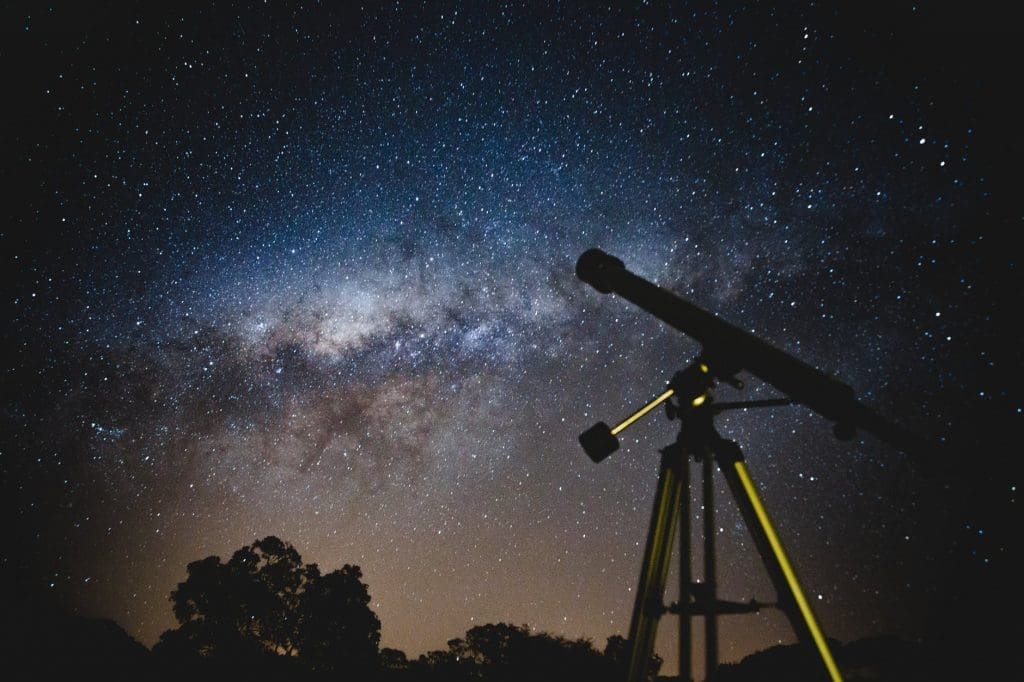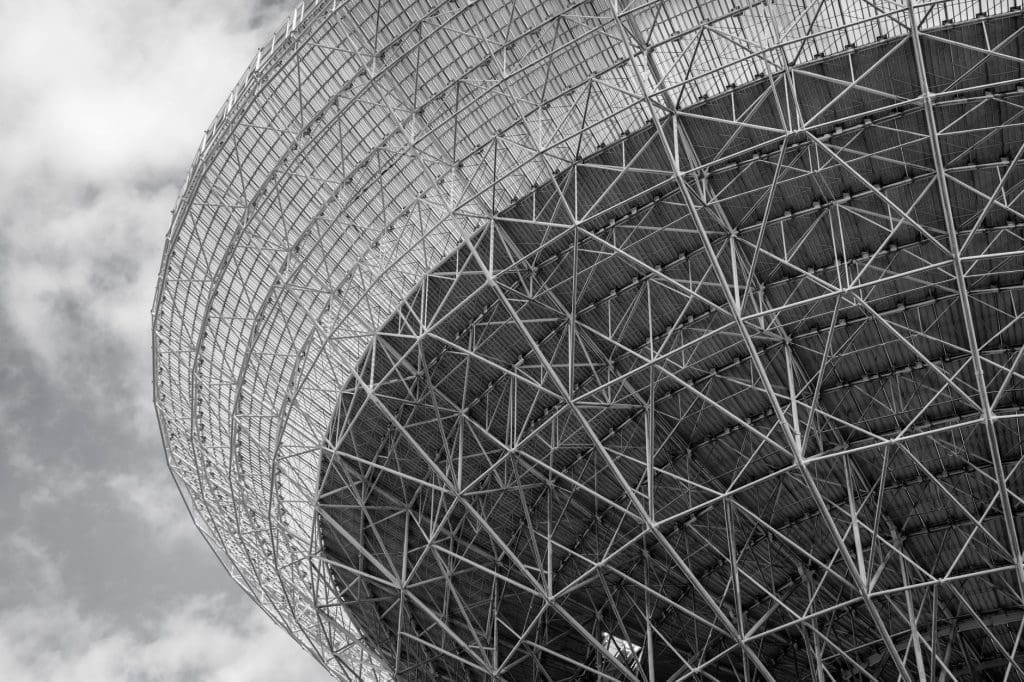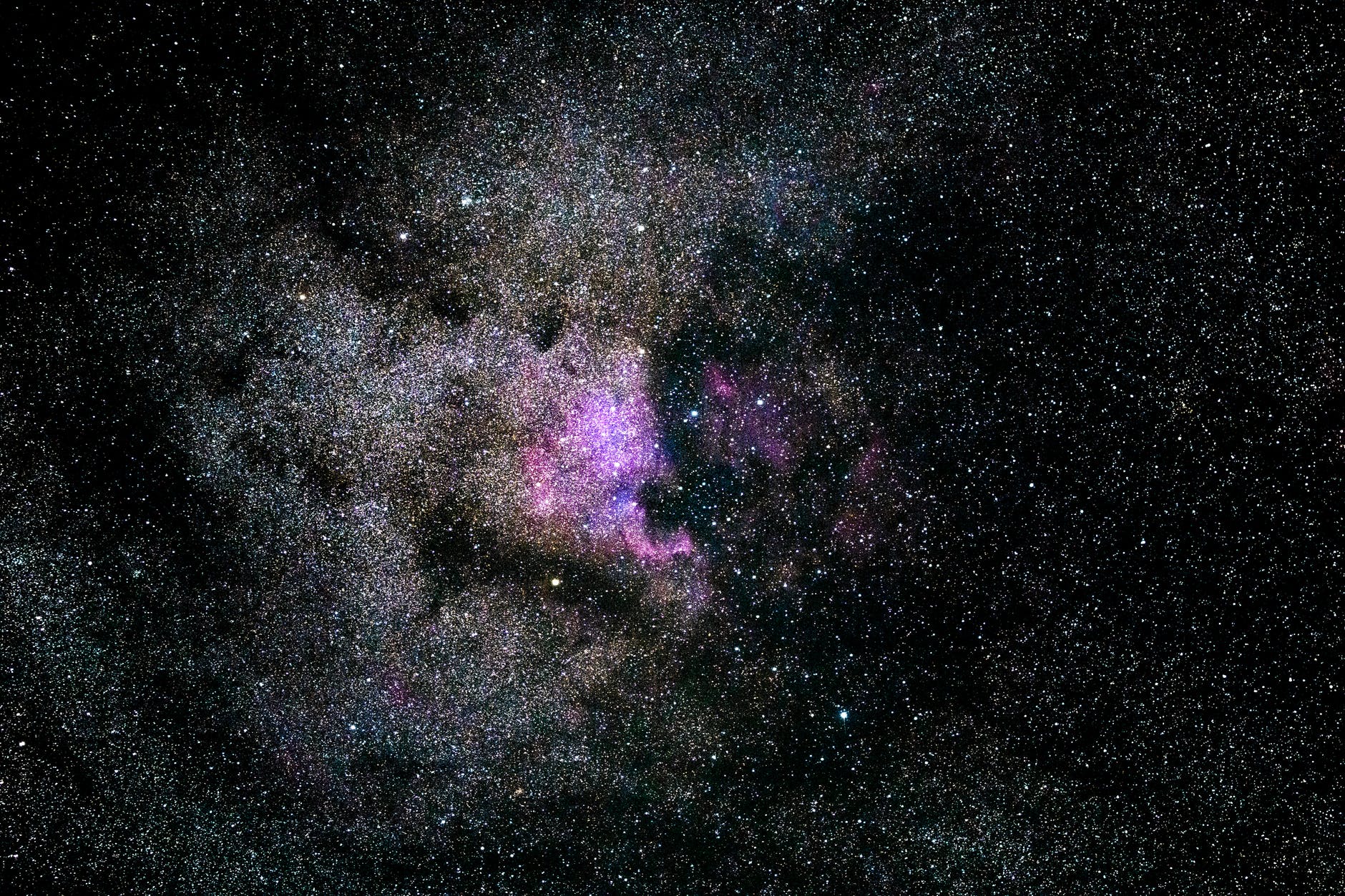Seeing beyond the deep blue sky is only possible thanks to the world’s biggest telescopes. If you’ve ever taken the time to gaze up at the stars and wonder what they look like closely, then a large telescope can be a useful tool. The only problem is that you can’t exactly access the devices that view the stars really close.
Luckily, most of astrology research centers allow you to use their powerful devices for a moderate fee. If you’re looking for a good vacation activity or all-around family fun, we can recommend trying one of the world’s biggest telescopes.
These fascinating devices give the chance to view other planets, stars, and solar systems. If you’re interested in studying astronomy or space-like sciences, then it would be a fantastic place to start. All of the pictures collected reflect detailed information about each planet and will allow you to learn as you view. If you’d like to learn more, head to the Best Tech Expert website.
How Do They Function?

A standard telescope was designed and created to study the stars visually. Nearly 400 years later, the world has developed a large telescope to get a better perspective on astronomy, solar systems, and study the universe’s greatest mysteries.
Although, all items on our list were designed to be optical ones. There are multiple types being constructed, but most of them are limited to what kind of imagery they can provide. All telescopes use a variety of electromagnetic radiation to help view distant objects but also use light to get a clearer picture.
The most common electromagnetic telescopes are optical, X-ray, and radio powered. Optical ones function by gathering particles of light so that they are focused. From here, the electromagnetic spectrum is used to create magnified images based on collected data. X-ray or XRT telescopes function with the help of a large refractor telescope, reflecting the light from images and pathing it along a surface. Lastly, the radio waves are used to produce very large telescope images.
The Five Largest Telescopes in the World
As of currently, a large telescope is of limited number due to the fact that they are very costly to create. Nearly 100 companies are required to produce the one functioning device, which limits their accessibility. It also takes years to build them, as construction costs and fees do add up. For the time being, the five biggest telescopes in the world are as follows.
1. Canary Islands, Spain: The Gran Telescopio Canarias
The current largest device in the world features a large aperture telescope of around 409 inches or approximately 34 feet and is considered to be a very large millimeter telescope. To put this in perspective, the average person is around 5’ 8”. If you compare that to the length of the telescope, it’s easily six to seven times the length of a human. Although, it is soon to be outranked by devices being developed in 2020, which we will talk about later in the article.
With a combined effort, it took around one hundred companies and over 1,000 people to work over a span of ten years to create this masterpiece — a European extremely large telescope. Some of the significant investors include companies located all around the globe. This consists of the University of Florida, University of Autonoma de Mexico, and also the Institution of Astrofisica de Canarias.
2. Mauna Kea, Hawaii, United States: Keck 1 & 2
As for the second-largest one, the Keck 1 and 2. Both were designed and developed in the Mauna Kea Observatory in 1993 and 1996. Both Kecks are around 394 inches wide and the total cost to build was approximately 70 million USD. As for the companies that funded the research, major contributors are NASA, Caltech, and even the University of California. Such as telescopes could help to view in the sky even the outdated Felis domestica. This constellation as a little cat scratched on a sky map.
The Mauna Kea Observatory is one of the most popular and well-funded places with multiple telescopes. Their large binocular telescope observatory includes the fourth largest device on our list as well. This is likely due to their learning program and partnerships with other companies.
3. Northern Cape, South Africa: South African Large Telescope
The third-largest device is in the SALT. It was built at the South African Astronomical Observatory, which is located in the North Cape. The width of this telescope is around 30 ft, which is record-breaking 362 inches.
The unique location enables enhanced views that other telescopes on this list cannot boast of. Due to this, many countries find this telescope an international treasure, as it’s popular for astrological research. Optical telescopes can only see that much depending on their size and location. As most centers are located in the northern hemisphere, the South African observatory has an advantage.
4. Mauna Kea, Hawaii: Subaru
The fourth-largest in the world is the Subaru. It’s around 323 inches and located in Hawaii. Again, the Mauna Kea Observatory is the owner of this telescope. Many sponsors and investors helped with its production. However, the primary benefactor was an engineering group from the University of Tokyo.
5. Chile, South America: Multiple Remaining
The last remaining large telescope is located within Chile. Chile used to be home to the Aztec people who were known for their astrological research. Centuries later, Chile has become home to many telescopes, including one at the Paranal Observatory. It features a length of 323 inches, which is almost 30 feet. Lastly, the other one they have is 318 inches, making it the sixth-largest in the world.

Are There Any Plans for New Telescopes?
Companies around the globe are trying their best to create internationally renowned telescopes with even further capabilities. The major one is the Giant Magellan Telescope, which is already in development. If all goes according to plan, the telescope should be ready by mid-year 2020 and break the world record for the largest telescope. Its diameter is around 80 feet, which is almost double the length of the current largest in the world.
Other companies such as the Large Synoptic Survey Telescope (ISST) and NASA also have plans to create their own telescopes which would be far more advanced than any we’ve seen to this day. During one of their latest conferences, they announced that they hope to develop an advanced enough telescope to take pictures of Earth-like planets.
As for other future projects, multiple companies are planning to launch government, commercial, and orbital telescopes. Some of the companies involved are NASA, Pentagon’s Defense Advanced Research Projects Agency, and Northrop Grumman. But we are likely not to get any further information until 2020 and beyond.
What Should We Expect?
Probably, the public won’t get to see any new large telescope for quite some time. However, efforts are being made to develop new ones that can be used by the general audience. The only issue is that the larger telescopes, the harder it is for the image to come out clear.
The fundamental problem is that if the observatory’s plan to get detailed information about what they are studying, a larger telescope isn’t better. It may hinder their research if not designed with higher quality large telescope mirrors and enhanced machinery, which is why there are only a few locations developing larger telescopes. It demands more research, workers, and funding. But have astronomers ever sent a message to other star systems using a large radio telescope? Yes, in fact, they are continuing to make progress and send even more out with the newer large telescope.
Astronomers all over the world dream of enhancing telescopes, but they are limited in space and funding. To launch the newer telescopes in 2020 successfully, some would have to hold at least 30 meters of wide-open mirrors, just to be effective. Needless to say, there are plans to create larger telescopes but not anytime soon.
Conclusion: The largest telescopes in the world are magnificent inventions that allow researchers and astronomers to view the universe up close. While the largest nowadays is only around 35 inches, there are plans for future projects to be developed with telescopes up to three times the size of current ones.
However, space programs and observatories are very restricted on when and where they can build. Most likely, these will be limited to scientific research, and the general public won’t be able to use them. Thankfully, the scientific community may be sharing the research and discoveries they make.
Have you found our article useful? Please share your thoughts and ideas in the comment section below!
Author’s bio:
Richard Browny is the author who passionate about Astronomy. Richard is also a novel writer and research enthusiast. This third-generation American is currently living in Houston, Texas, and raising two kids with his beloved wife.
Cover Image credits: Photo by Felix Mittermeier from Pexels





